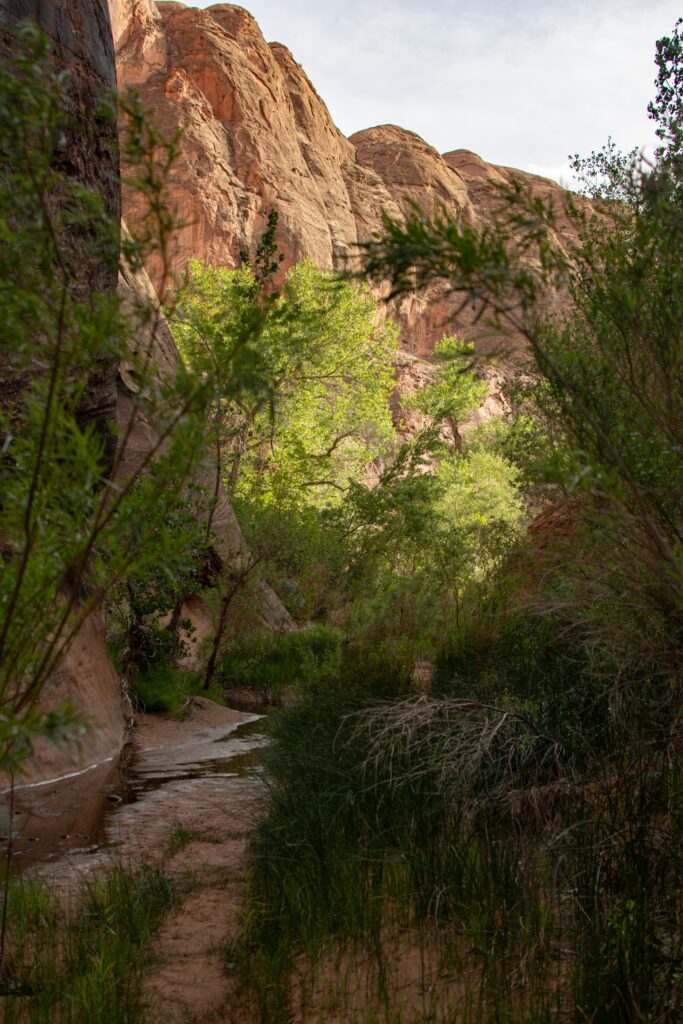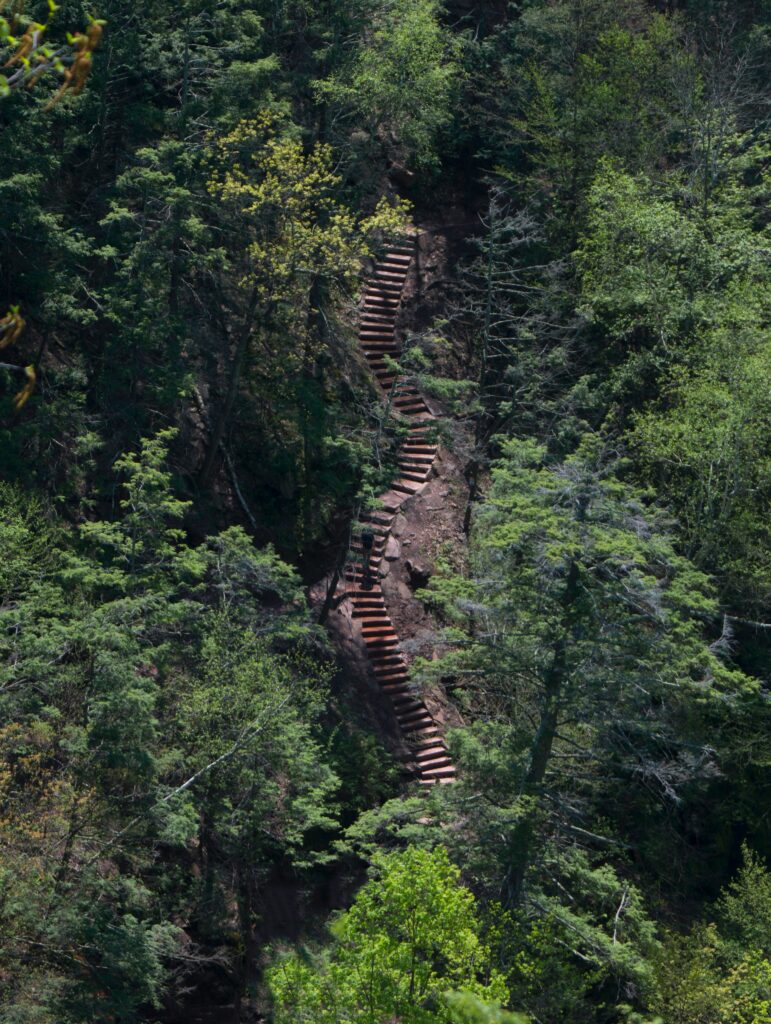The Grand Staircase-Escalante National Monument is among the most remote, rugged, and geologically intriguing areas of the United States. Situated in southern Utah, this large tract of preserved land encompasses nearly 1.87 million acres, showcasing a breathtaking blend of red cliffs, slot canyons, high plateaus, and rich archaeological sites.
This complete guide to Grand Staircase-Escalante National Monument will assist you in planning your trip, discovering the best attractions, hiking trails, wildlife, history, and valuable travel tips to optimize your visit.
Table of Contents
- Overview of Grand Staircase-Escalante National Monument
- History and Designation
- Geology and Landscape
- Top Attractions
- Best Hiking Trails
- Flora and Fauna
- Getting There and Best Time to Visit
- Permits, Camping, and Accommodations
- Safety Tips and Responsible Travel
- FAQs
Overview of Grand Staircase-Escalante National Monument
Grand Staircase-Escalante National Monument (GSENM) is a vast and isolated area managed by the Bureau of Land Management (BLM). It spans Kane and Garfield counties and is divided into three primary units:
- Grand Staircase
- Kaiparowits Plateau
- Escalante Canyons
Whether you’re an experienced hiker, nature lover, or photographer, the monument offers panoramic views and serenity—without the crowds of Utah’s more famous national parks like Zion and Bryce Canyon.
History and Designation
Grand Staircase-Escalante was established in 1996 by President Bill Clinton. Its boundaries have changed over time:
- 2017: Reduced in size
- 2021: Restored to its original boundaries by President Joe Biden
This landscape is rich in cultural history, including:
- Native American rock art
- Dinosaur fossil beds
- 19th-century pioneer trails
Geology and Landscape
The “Grand Staircase” refers to a series of sedimentary rock layers that form natural terraces from Bryce Canyon down to the Grand Canyon.
Major geological features include:
- Navajo sandstone domes
- Slot canyons carved into slickrock
- Petrified wood and ancient marine fossils
- The Kaiparowits Plateau—home to one of the world’s richest collections of dinosaur fossils
These formations preserve over 200 million years of geologic history, making this area a natural textbook for Earth scientists.
Top Attractions
### Peek-a-Boo and Spooky Gulch
These narrow slot canyons in the Escalante area offer short but challenging hikes through sculpted sandstone passages.
### Devils Garden
Famous for:
- Hoodoos
- Arches
- Mushroom-shaped rock formations
This area is perfect for photography and families.
### Hole-in-the-Rock Road
A 62-mile dirt road that connects to many popular hiking trails, slot canyons, and pioneer sites.
### Calf Creek Falls
A 126-foot waterfall reached by a scenic 6-mile roundtrip hike through a canyon filled with greenery and petroglyphs.
### Cottonwood Canyon Road
A scenic backroad with colorful cliffs and access to:
- Yellow Rock
- Grosvenor Arch
- Hackberry Canyon
Best Hiking Trails
● Lower Calf Creek Falls Trail
- Distance: 6 miles roundtrip
- Difficulty: Moderate
- Highlights: Waterfall, desert flora, Native American petroglyphs
● Zebra Slot Canyon
- Distance: 5.3 miles roundtrip
- Difficulty: Moderate to difficult
- Highlights: Striped sandstone walls, tight corridors, water crossings
● Coyote Gulch
- Distance: 11–26 miles depending on entry/exit points
- Difficulty: Moderate to strenuous
- Highlights: Arches, waterfalls, lush canyon environment
● Escalante Natural Bridge
- Distance: 4 miles roundtrip
- Difficulty: Easy
- Highlights: 130-foot natural bridge over the Escalante River

Flora and Fauna
Common Plants:
- Pinyon pine
- Juniper
- Cottonwood trees along streams
- Seasonal wildflowers (April–June)
Wildlife You Might See:
- Mule deer
- Coyotes
- Bighorn sheep
- Golden eagles
- Lizards, snakes, and frogs
Tip: Maintain a safe distance from wildlife and never feed them—it’s critical for their survival and your safety.
Getting There and Best Time to Visit
How to Get There:
- Nearest towns: Escalante, Boulder, Kanab, Tropic
- Airports: Salt Lake City International (SLC), Las Vegas McCarran (LAS)
- Main road: Utah Scenic Byway 12 (UT-12) provides the best access
Best Time to Visit:
- Spring (March–May): Wildflowers and pleasant temperatures
- Fall (September–November): Fewer bugs, golden foliage
- Summer: Hot days and risk of flash floods
- Winter: Quiet, but road conditions may be difficult
Permits, Camping, and Accommodations
Permits
Free permits are required for many trails and overnight trips. Available at:
- Trailheads
- BLM visitor centers in Escalante and Kanab
Camping
- Dispersed camping: Allowed on BLM land—follow Leave No Trace
- Campgrounds: Calf Creek and Deer Creek have basic facilities
- Backpacking: Requires self-sufficiency and water treatment gear
Accommodations
Nearby towns offer:
- Motels
- Bed and breakfasts
- Glamping options
Tip: Book in advance during spring and fall peak seasons.
Safety Tips and Responsible Travel
Safety Tips:
- Carry 1 gallon of water per person per day
- Download offline maps or bring a GPS
- Be prepared for sudden weather changes
- Wear sturdy hiking boots and sun protection
- Let someone know your itinerary
Responsible Travel:
- Pack out all trash
- Stay on designated trails
- Do not touch archaeological sites
- Respect wildlife
- Follow local fire restrictions and weather alerts
FAQs
Q1: Is Grand Staircase-Escalante worth visiting?
Yes! It’s an incredible alternative to the crowded national parks, with jaw-dropping scenery and solitude.
Q2: Do I need a guide?
Not always, but for navigating complex routes or learning about fossils and history, a guide can be very helpful.
Q3: Is the monument dog-friendly?
Yes, but dogs must be leashed. Always carry extra water for pets in hot weather.
Q4: What should I pack?
Essentials include:
- Water
- Snacks
- First-aid kit
- Compass/GPS
- Hat and sunscreen
- Weather-appropriate clothing
Q5: Are drones allowed?
Generally no, unless you have a special permit. Check current regulations with the BLM.
Final Thoughts
Whether you’re chasing waterfalls, navigating a slot canyon, or sleeping under the stars, Grand Staircase-Escalante National Monument offers raw, untouched beauty like no other place in the U.S. This remote wonderland invites you to explore, respect, and reconnect with nature in its purest form.



